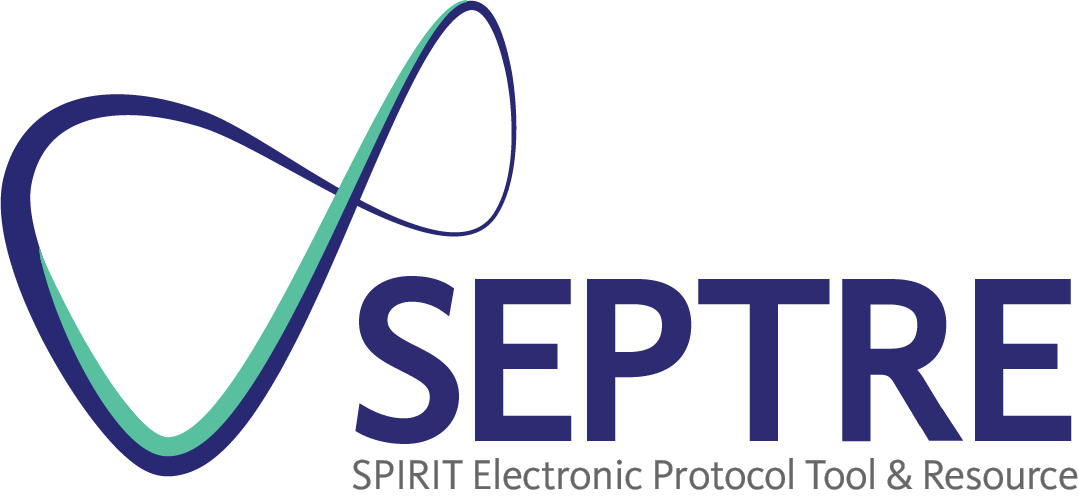Item 16c: Who will generate the allocation sequence, who will enrol participants, and who will assign participants to interventions.
Example
“Randomization
All patients who give consent for participation and who fulfil the inclusion criteria will be randomized. Randomisation will be requested by the staff member responsible for recruitment and clinical interviews from CenTrial [Coordination Centre of Clinical Trials].
In return, CenTrial will send an answer form to the study therapist who is not involved in assessing outcome of the study. This form will include a randomisation number. In every centre closed envelopes with printed randomisation numbers on it are available. For every randomisation number the corresponding code for the therapy group of the randomisation list will be found inside the envelopes. The therapist will open the envelope and will find the treatment condition to be conducted in this patient. The therapist then gives the information about treatment allocation to the patient. Staff responsible for recruitment and symptom ratings is not allowed to receive information about the group allocation.
. . .
The allocation sequence will be generated by the Institute for Medical Biometry (IMB) applying a permuted block design with random blocks stratified by study centre and medication compliance (favourable vs. unfavourable) . . . The block size will be concealed until the primary endpoint will be analysed. Throughout the study, the randomisation will be conducted by CenTrial in order to keep the data management and the statistician blind against the study condition as long as the data bank is open. The randomisation list remains with CenTrial for the whole duration of the study. Thus, randomisation will be conducted without any influence of the principal investigators, raters or therapists.”246
Explanation
Based on the risk of bias associated with some methods of sequence generation and inadequate allocation concealment, trial investigators should strive for complete separation of the individuals involved in the steps before enrolment (sequence generation process and allocation concealment mechanism) from those involved in the implementation of study group assignments. When this separation is not possible, it is important for the investigators to ensure that the assignment schedule is unpredictable and locked away from even the person who generated it. The protocol should specify who will implement the various stages of the randomisation process, how and where the allocation list will be stored, and mechanisms employed to minimise the possibility that those enrolling and assigning participants will obtain access to the list.
| 16b: Concealment mechanism | 17a: Blinding (masking) |

